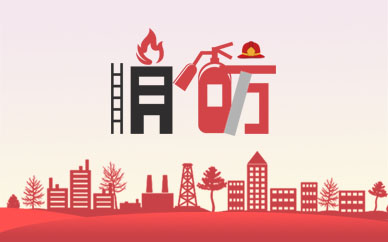Medical workers run intravenous drips for patients at the fever clinic of China-Japan Friendship hospital in Beijing. [Photo by Wang Jing/China Daily]
China released the 10th edition of its diagnosis and treatment protocol for COVID-19 on Saturday, the first of its kind since the country announced that it will be managed as a Category B disease.
Over the past three years, the virus has been strictly prevented and controlled according to the same strict Category A standards that apply to diseases such as the plague and cholera.
 (相关资料图)
(相关资料图)
But in light of how the epidemic situation has evolved, with the current variants of the virus more transmissible but less virulent than earlier ones, and with few cases presenting as pneumonia, the disease has been downgraded from novel coronavirus pneumonia to novel coronavirus infection, and it is to be managed accordingly, starting Sunday.
The previous edition of the protocol was released in March last year. The latest edition calls for a treat-it-as-it-is shift of focus for the governments and public health systems, as well as neighborhoods and individual residents, as the emphasis is on treatment rather than preventing infection.
The revised national protocol, which is based on the experience of some big cities in their head-on collision with the virus last month, will undoubtedly help standardize diagnosis and treatment of COVID-19 infections nationwide, as in line with clinical practice it classifies cases as being light, medium, severe or critical. This will be especially welcomed by small towns and rural areas, as the protocol improves the diagnostic criteria and warning indicators for severe and critical cases, which will ease the pressure on their public health facilities as less severe cases can be treated with over-the-counter medications at home.
The adjustment of the protocol can help ensure that limited medical care resources can be concentrated on caring for those who are most vulnerable, such as the elderly, children and people with underlying diseases, in a bid to prevent and reduce the occurrence of severe cases and minimize the number of deaths caused by COVID-19.
But having said that, more medical care resources should now be diverted to villages in light of the requirements of the protocol so as to minimize the pressure on the public health system and the national economy that is expected to arise as a result of the projected resurgence of COVID-19 infections during the 40-day Spring Festival holiday peak travel period that will begin on Friday.
The issuance of the protocol should prompt public health departments across the country to accelerate the adjustment of the distribution of medical resources between urban and rural areas through the pre-settled assistance model, whereby major hospitals in cities provide local rural clinics and village doctors with direct assistance in terms of personnel, medicines, funding, facilities and equipment, as well as diagnosis and treatment guidance.
The protocol highlights the importance of quick diagnosis, high clinical treatment efficiency, early treatment and the use of a combination of traditional Chinese and Western medicines, the importance of which has been fully demonstrated in the nation"s fight with the virus last month after it lifted its strict virus control policies.
The latest COVID-19 infection diagnosis and treatment protocol, which adheres to the country"s consistent principle of always putting life and health first, effectively responds to the appeals and demands of society, while still being firmly rooted in science and the actual epidemic situation in the country.
Since the first version of the diagnosis and treatment protocol for COVID 19 was released in January 2020, there have been obvious changes in each version. But these have all been determined by the constancy of the guiding ideology, which demands a scientific response to the pandemic and flexibility in the diagnosis and treatment measures so that they can address the evolving situation.
Each of the 10 editions represents an important stage in the development of China"s epidemic prevention and control efforts, as each of them marks the optimal approach under the prevailing conditions at that time. Each has fulfilled its mission for the period they were made for.
It is good to see that many provincial-level regions, including Beijing, Tianjin, Chongqing as well as Fujian and Guizhou provinces, have already issued their implementation plans in accordance with the latest protocol. For instance, they all give full play to a hierarchical diagnosis and treatment system and greater coordination and connection between grassroots clinics and the fever departments of major hospitals, so as to boost the capacity of the former to handle COVID-19 cases.
The rapidity with which localities are executing the protocol should serve to consolidate people"s confidence that their lives and health will continue to be effectively guarded against the virus and that the removal of the constraints on socioeconomic activities will bring the return of their life to normal at an early date.
What"s more, given its optimized COVID-19 strategy, the world"s second-largest economy is in a better position to help boost the global economic recovery as an anchor to global supply chains and a main driving force for the global market.













